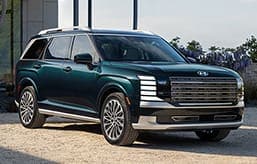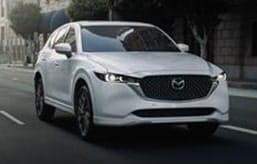- The nutty Hellcat V8 has ended up under the hood of a wide range of vehicles, including the Dodge Durango SUV
- Edmunds has tested a variety of these Hellcat-powered models over the years, so we've got a lot of Hellcat track numbers in the vault
- How does the Durango SRT Hellcat stack up against some other recent Hellcat-powered models? Let's find out
Since 2015, Stellantis — formerly Fiat Chrysler Automobiles (FCA) — has been kind enough to supply a steady stream of vehicles powered by the supercharged Hellcat V8 engine, which initially made 707 horsepower and 650 lb-ft of torque but has since produced varying outputs depending on the application. The two obvious starting points were the Dodge Charger and Dodge Challenger with their classic muscle car look and feel, but from there, the Hellcat V8 has made its way into the Jeep Grand Cherokee and even the Ram 1500 pickup truck. Not to be outdone, the Dodge Durango SUV got the SRT Hellcat treatment recently, and in our instrumented testing we clocked it at a scarcely believable 3.9 seconds from zero to 60 mph.







 by
by